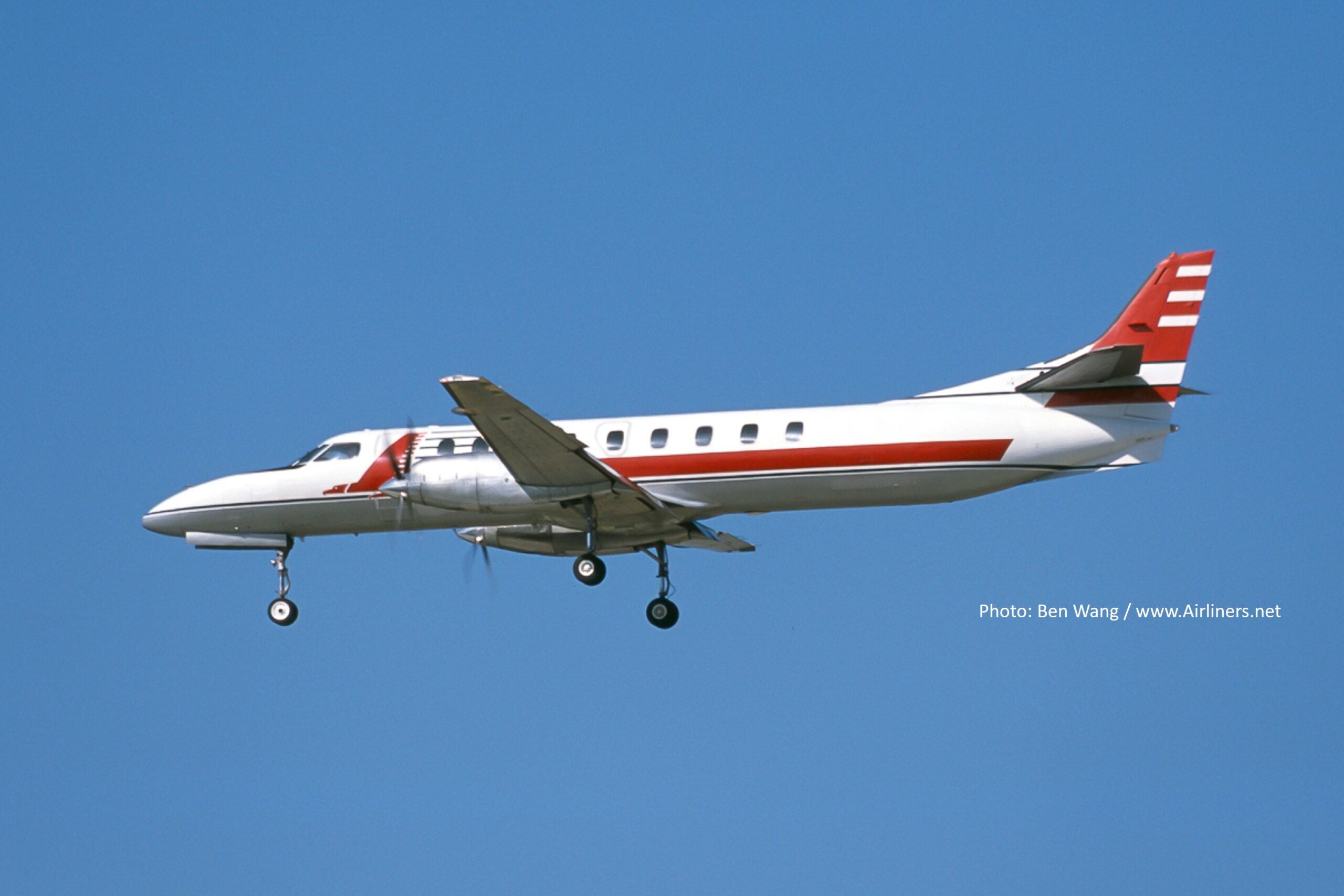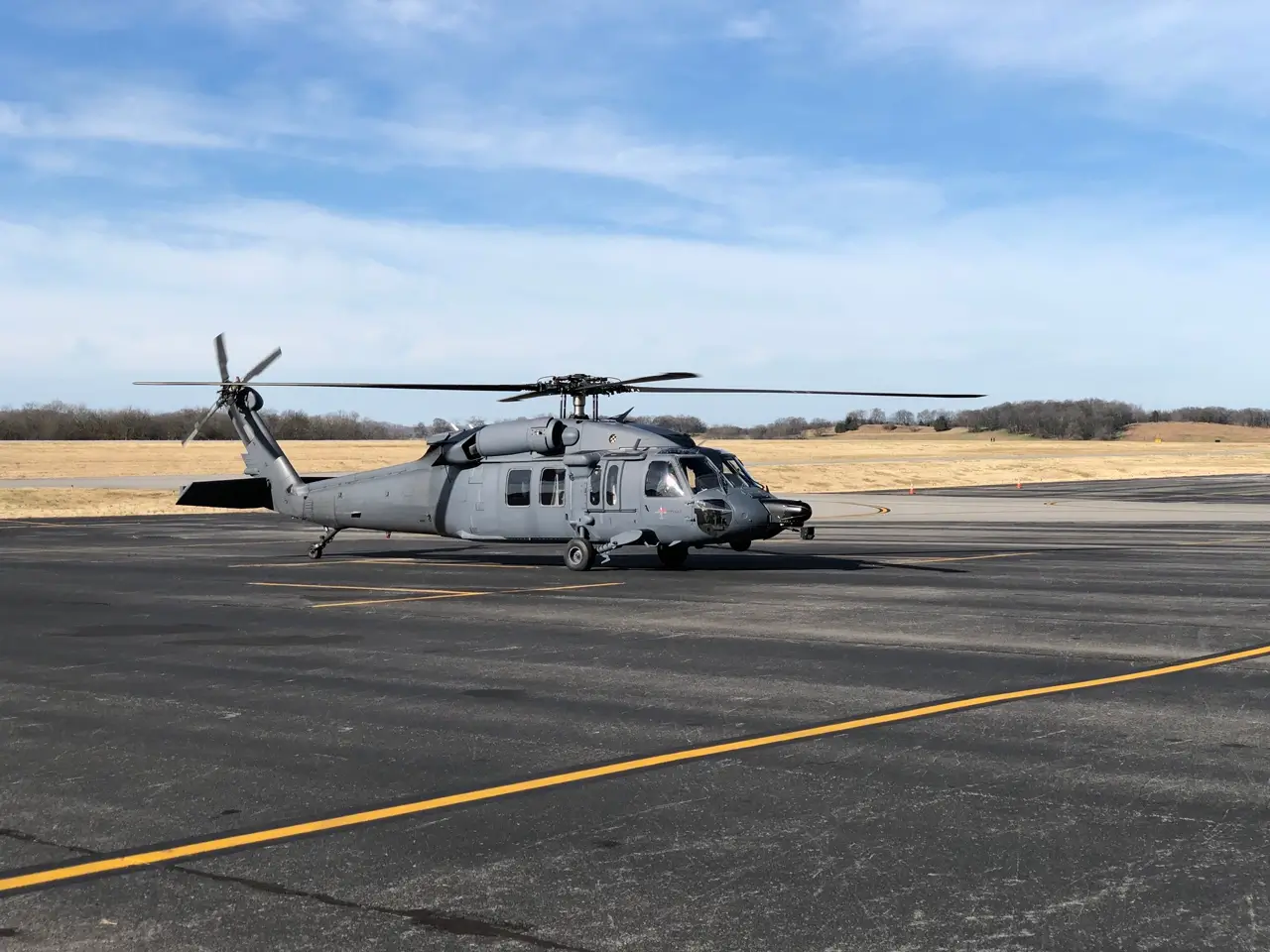
Genesys News
Latest From Genesys
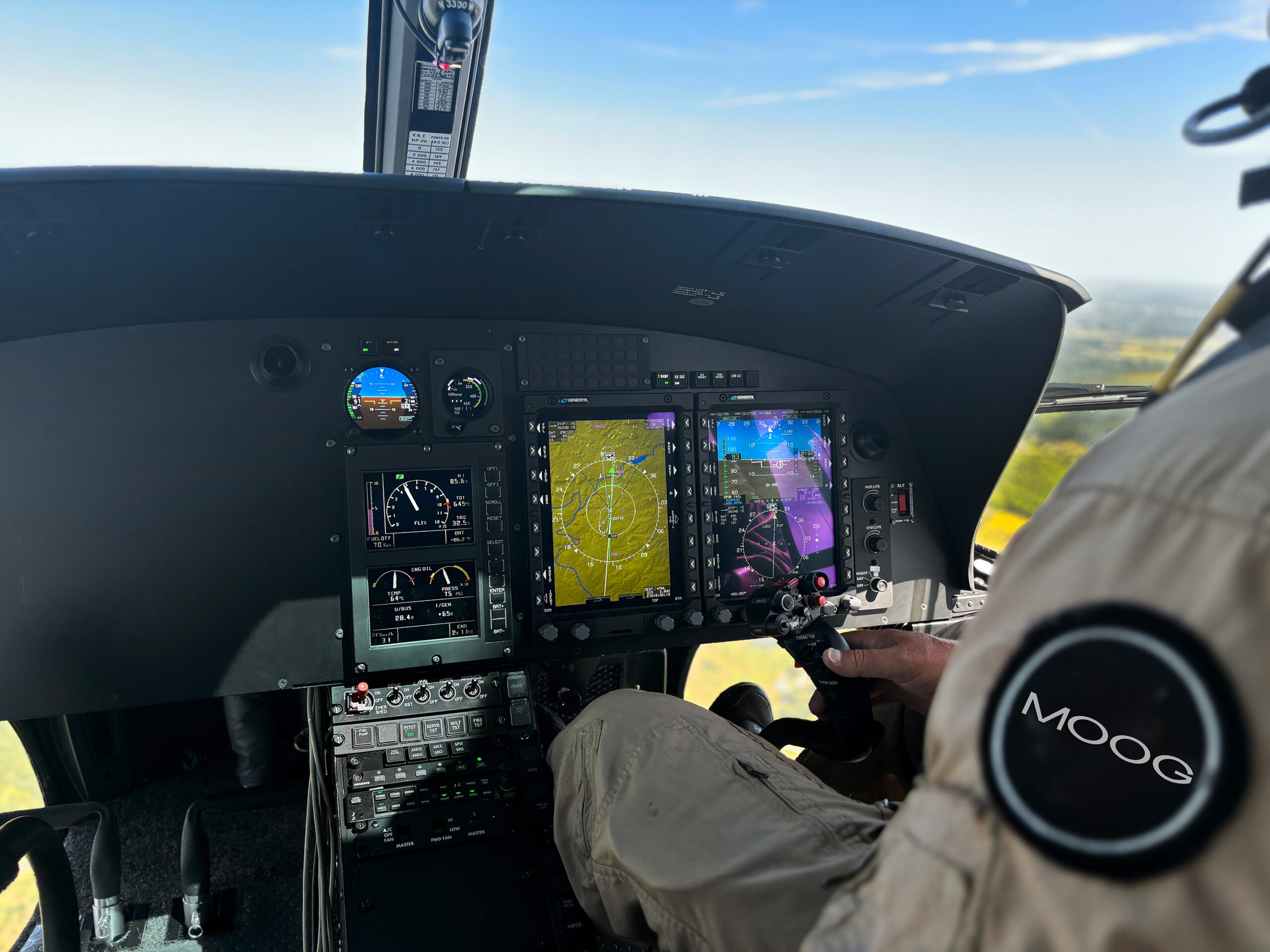
March 07, 2025
Airbus H125 IFR Cockpit Certified
Moog expands available solutions for single-pilot IFR operations on single-engine rotorcraft Mineral Wells, TX (March 7, 2025) – Moog announced that it has successfully received FAA Supplemental Type Certificate (STC) approval of its Genesys cockpit avionics suite for single pilot Instrument Flight Rules (IFR) operations on the Airbus H125 helicopter. The STC project was completed […]
READ MORE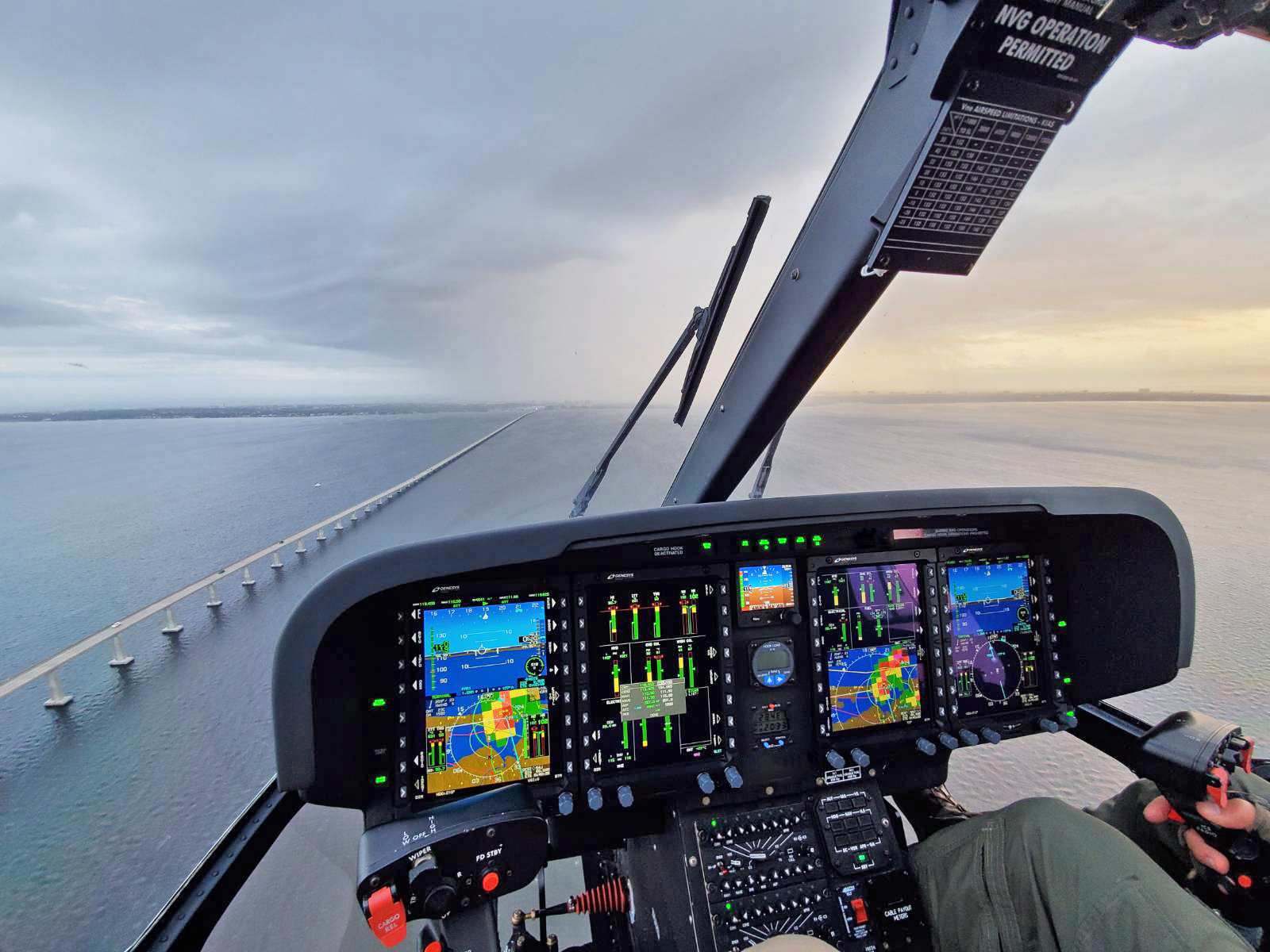
October 21, 2024
Moog Celebrates 100th Delivery of TH-73A Trainer Helicopter Avionics Suite
Genesys Avionics Suite-equipped U.S. Navy trainer fleet excels in modernized flight training Mineral Wells, TX (October 21, 2024) – Genesys Aerosystems, a Moog company, announced a significant milestone with the 100th delivery of its Genesys Avionics Suite™ for the Leonardo TH-73A Thrasher. The TH-73A Thrasher helicopter is utilized by the U.S. Navy for its rotary-wing/tilt-rotor […]
READ MORE
October 01, 2024
Moog Announces Genesys’ Glass Cockpit Certification on Pilatus PC-7
Upgrade Solution for PC-7 and Beechcraft T-6A Aircraft Mineral Wells, TX (Oct 1, 2024) – Genesys Aerosystems, a Moog company, announced today that Genesys Aerosystems’ Approved Model List (AML) Supplemental Type Certificate (STC) for its EFIS glass cockpit upgrade has been completed and issued by the FAA. The first aircraft equipped with the Genesys Avionics […]
READ MORE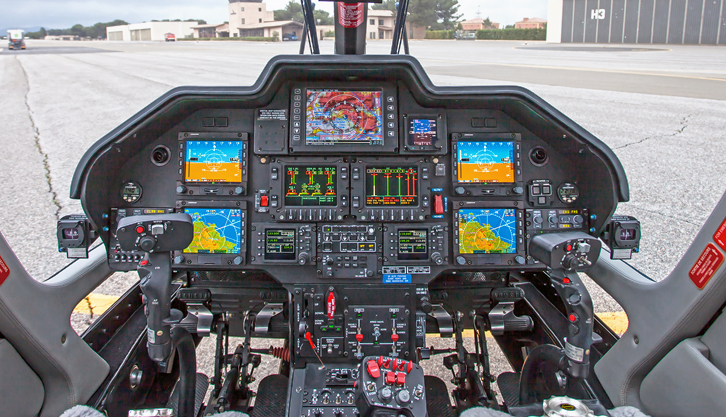
September 12, 2024
Moog Announces Milestone for Leonardo AW109SP “Da Vinci” Helicopter
Rega’s AW109SP with Genesys cockpit avionics achieves first helicopter RNP AR 0.3 approval Mineral Wells, TX (Sept 11, 2024) – Genesys Aerosystems, a Moog company, announced today the Leonardo AW109SP “Da Vinci” helicopter, equipped with the Genesys EFIS suite, has achieved the world’s first helicopter RNP AR 0.3 approach and departure procedure approval. This historic […]
READ MORE
September 05, 2024
Moog Announces Genesys Cockpit Featured In Grob TP-X Cobra Trainer
Mineral Wells, TX (Sept 05, 2024) – Genesys Aerosystems, a Moog company, announced today that its Genesys Avionics Suite™ is featured in the newly announced Grob Aircraft France (GAF) Cobra trainer aircraft. After five years of development in complete secrecy, GAF has unveiled a new aircraft model featuring a full Genesys Aerosystems glass cockpit as […]
READ MORE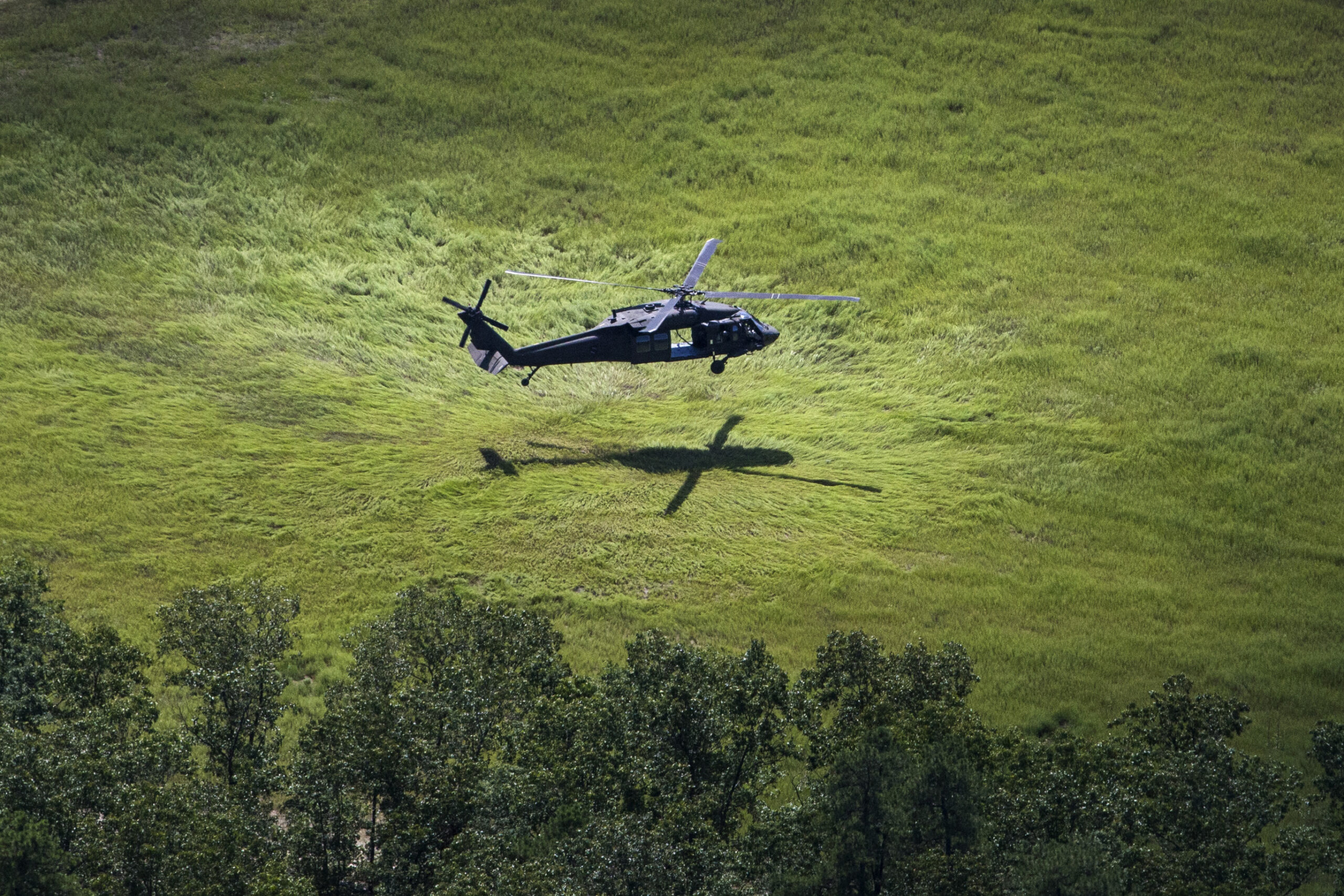
August 22, 2024
Moog Upgrades UH-60L with Genesys Avionics Suite
Modernized Black Hawk Lima Model Being Delivered to Australian Customer February 27, 2024 – Mineral Wells, TX – Genesys Aerosystems, a Moog company, announced today that it is working with XP Services, a Tullahoma, TN based company specializing in aircraft modernization and refurbishment, to add the UH-60L model to its Black Hawk Alpha model STC for […]
READ MORE